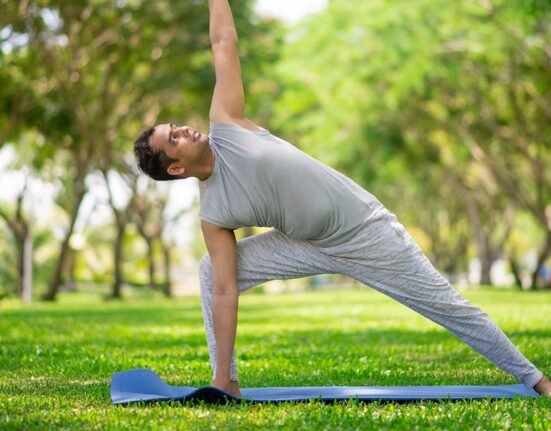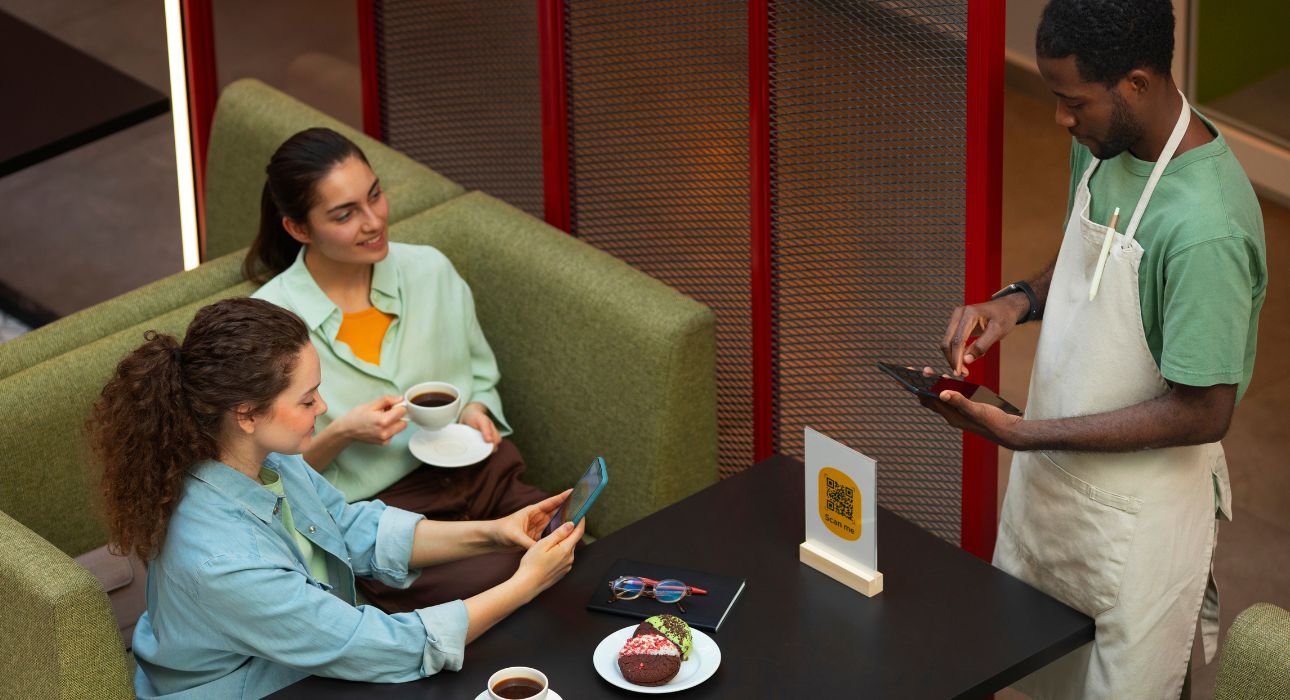Guests in recent times count on greater than exceptional food. They look for an environment that permits them to relax, experience verbal exchange, and go away without feeling physically drained. Comfortable chairs have turned out to be a key part of this expectation, shaping posture, mood, and even how long humans choose to stay. Restaurants that switch to ergonomically designed seating regularly experience back visits growth exceptionally. When human beings experience comfort, they may be much more likely to linger over dessert, order any other drink, and commonly spend extra time at the table.
This introduced stay time has a clear link to sales increase. Poor seating will have the opposite effect, making guests stressed and prompting them to depart sooner. The problem doesn’t simply affect clients either. Staff who use the same seating throughout breaks can also feel the stress of terrible design. When you use restaurant furniture, booths, and chairs that show care and attention to comfort, you send an effective message about the restaurant’s standards and assist in lessening both guest pressure and personnel fatigue.
The Fundamentals of Ergonomic Seating
Ergonomics in restaurant seating is all approximately designing for the frame’s natural form. The purpose is to hold the backbone neutral, hips slightly above the knees, and feet resting flat on the floor. When a chair meets these conditions, posture feels handy and the body avoids needless strain. Precise dimensions help gain this comfort. A seat pinnacle of approximately 18 inches, width between 18 and 20 inches, and intensity of sixteen to 18 inches works for most adults. Adding a gentle backrest tilt of 12 to 15 levels offers snug, useful resource without forcing people to recline too a long way.
Details like adjustable peak or footrests could make a distinction for visitors of various builds. Armrests on the proper height reduce shoulder tension, at the same time as seat hardness that varies, softer within the sitting vicinity and less prone to collapse at the rims, prevents posture collapse. Even the way the seat pan is fashioned subjects, as a well‑contoured base spreads weight calmly and avoids uncomfortable pressure factors.
Design Features That Support Posture
A strong foundation for comfort starts with the backrest. It should follow the natural S‑curve of the spine, as flat designs encourage slouching almost immediately. Medium‑high resilience foam prevents sagging and maintains steady support during long meals.
Size and proportion also matter. Seats which are barely wider than the shoulders, with sufficient setback for pelvic support, help preserve visitors from sliding forward. Legroom clearance of at least 12 inches beneath the table ensures knees pass freely. Stability is important, too, and a base spread of at least 18 inches maintains chairs from tipping for the duration of herbal shifts in function.
Small adjustments can elevate posture comfort even further. Seat edges that slope downward relieve knee pressure and improve circulation. Avoiding extra‑deep seats keeps hips upright, while non‑slip surfaces help guests remain comfortably in place from the first course to the last.
Choosing Materials That Last and Feel Good
The quality substances integrate durability with comfort and are easy to maintain. Breathable, stain‑resistant fabric or lined leathers prevent warmth construct‑up and withstand heavy use. High‑resilience foam with a density of at least 2.5 kilos in line with cubic foot resists pulling down and continues its shape through the years.
Frame strength plays a big role in longevity. Solid hardwood, welded powder‑coated steel, or anodized aluminum keep their stability even after years of service. Antimicrobial finishes simplify cleaning, while compressive buffer layers protect guests from feeling hard frames underneath the cushion.
Extra touches make materials more practical in a busy restaurant. Moisture‑wicking underneath‑padding prevents mould in humid conditions. Replaceable seat panels permit for short refreshes without replacing the whole chair, preserving expenses while preserving appearance and luxury.
Seating That Reduces Stress
Physical ease starts with balanced pressure. Chairs that distribute weight flippantly reduce the recent spots that purpose pain and fidgeting. Armrests positioned about 7 inches above the seat offer elbows a comfortable resting place, easing tension within the shoulders and neck. Firmness is just as important as shape. Guests feel best when they sink in slightly but still have proper support. Low‑angle backrests under 15 degrees let them lean back naturally while keeping their posture upright. Even the way a chair moves or stacks matters; quiet, solid construction helps maintain a calm dining environment. Other stress‑reducing details work on a subtler level.Matching upholstery temperatures prevents uneven warm temperatures or coolness among seats. Combining ergonomic seating with smooth heritage acoustics creates a gentle, inviting environment. Padded armrests or cushioned touch points make the resting experience even extra cushty.
Merging Comfort with Style
Ergonomics can blend seamlessly with layout aptitude. Slim backrests, sculpted legs, and uncovered joinery deliver visible enchantment whilst maintaining each comfort element. A well‑designed chair doesn’t need to look overly technical to provide posture support. Color and texture choices influence the feel of the space. Soft tones and inviting fabrics can ease visual tension, while sleek silhouettes hide built‑in ergonomic shaping. Lumbar ridges can be integrated into the chair’s decorative flow so that support becomes part of the design. Design creativity can enhance both comfort and branding. Foam ribs can echo brand elements, contrast piping can replace bulkier cushions for a neater appearance, and color‑zoned upholstery can guide guests into the best seating position without conscious thought.
Knowing the Impact of Better Seating
The benefits of ergonomic seating can be measured in many ways. Restaurants often find that average visit lengths increase after upgrading chairs, which in turn leads to more orders and higher checks. Guest opinions provide valuable insight. Surveys and casual feedback can reveal which features matter most to them, while posture observations during service show whether guests are truly comfortable. Retention is another clear marker of success. Many restaurants that improve their seating report a rise in repeat visits. Monitoring online reviews for comments about comfort and comparing experiences in different seating areas can confirm how well the changes are working.
Seating That Sustains Well‑Being and Loyalty
Investing in ergonomic chairs supports guest comfort, staff fitness, and the eating place’s popularity. Good seating encourages wholesome posture, eases strain, and builds a sense of care that people don’t forget. When design blends science‑based comfort with the restaurant’s unique personality, seating becomes part of the brand experience. It should be reviewed regularly, just like a menu, to keep pace with changing guest needs. The impact extends beyond comfort alone. Comfortable chairs can increase pleasure, extend visits, and growth the probability of returning to back commercial enterprise. Guests won’t continually be aware of the layout information right away, but they do not forget how the chair made them feel, and that feeling often brings them back.













Leave feedback about this